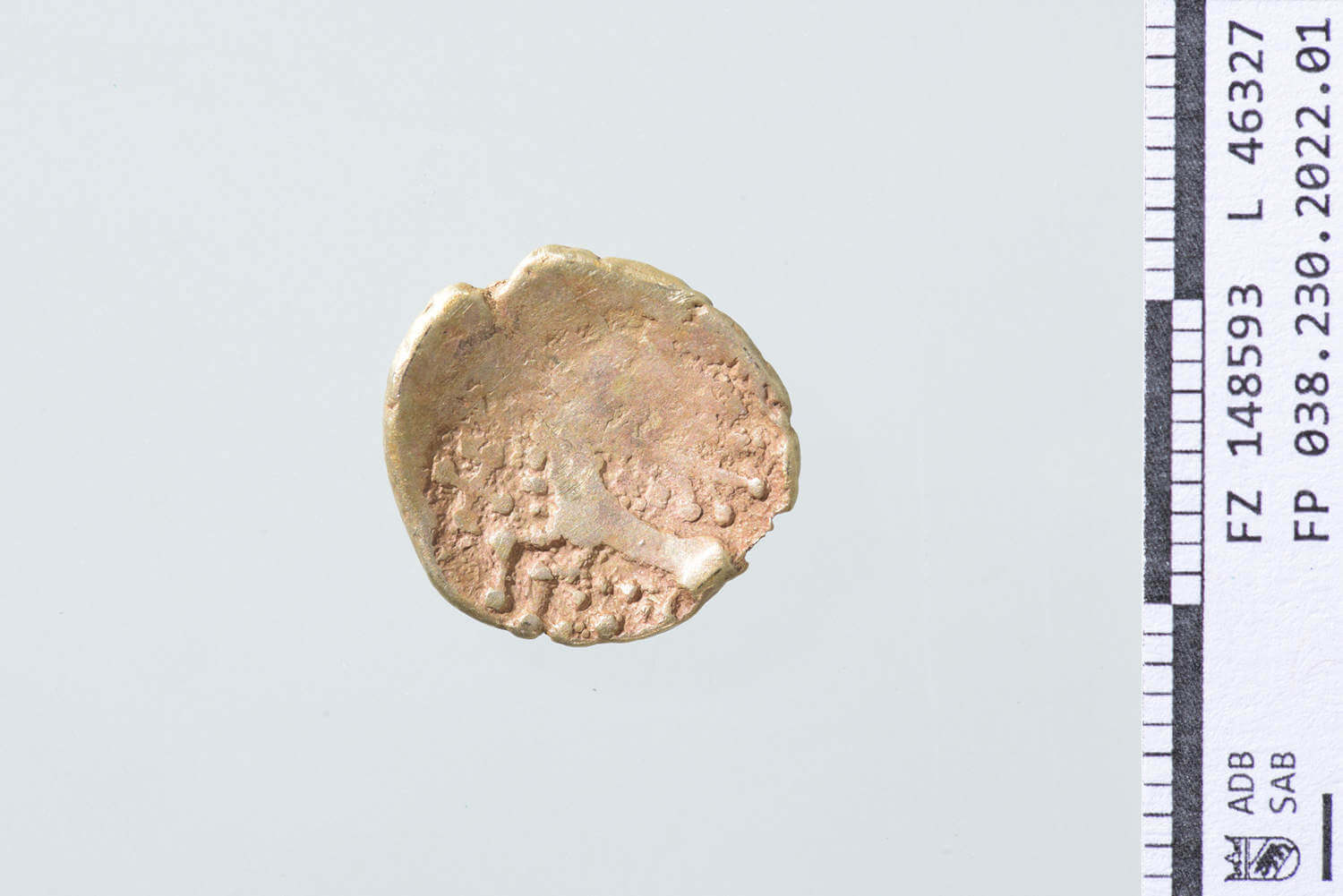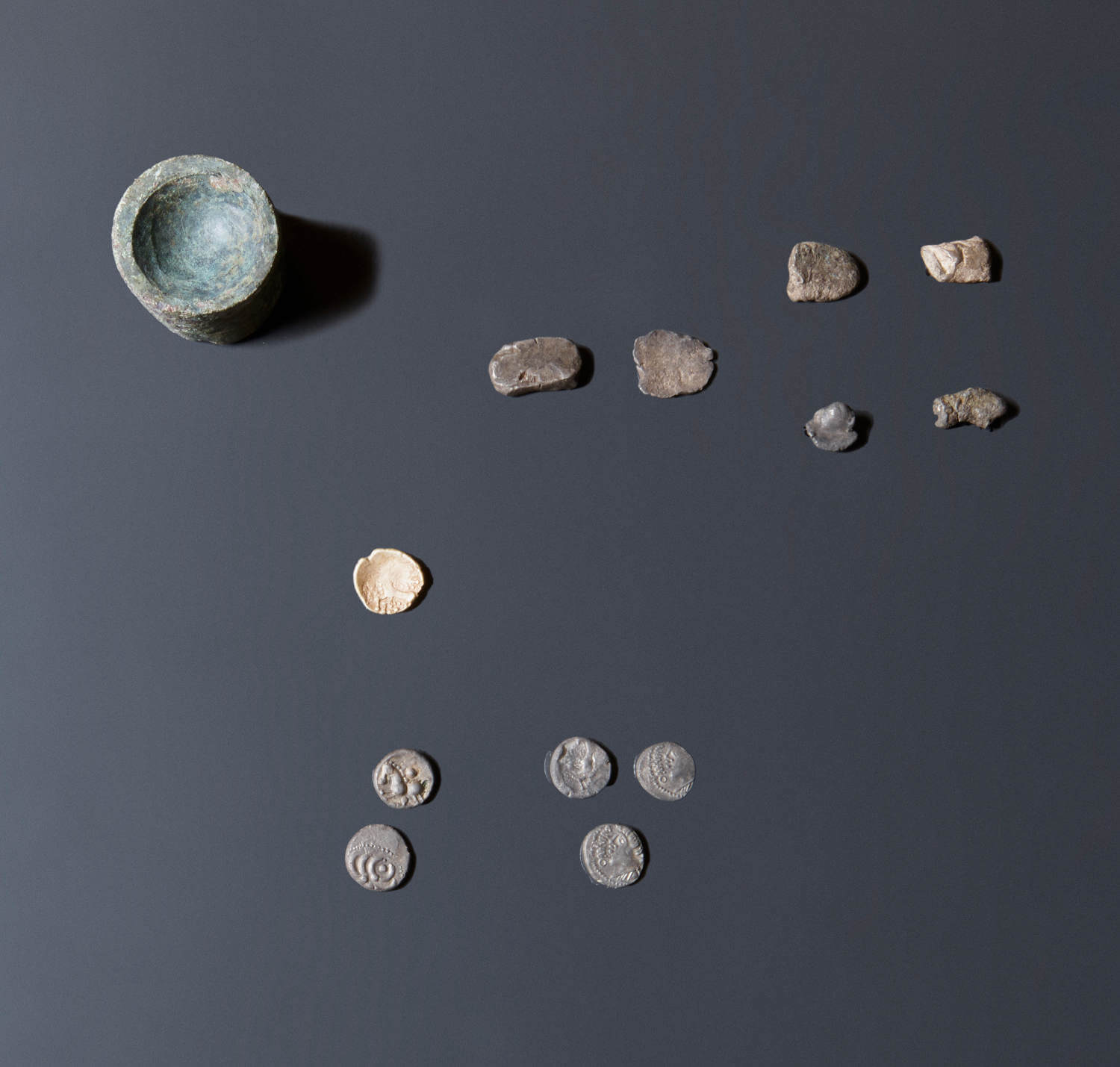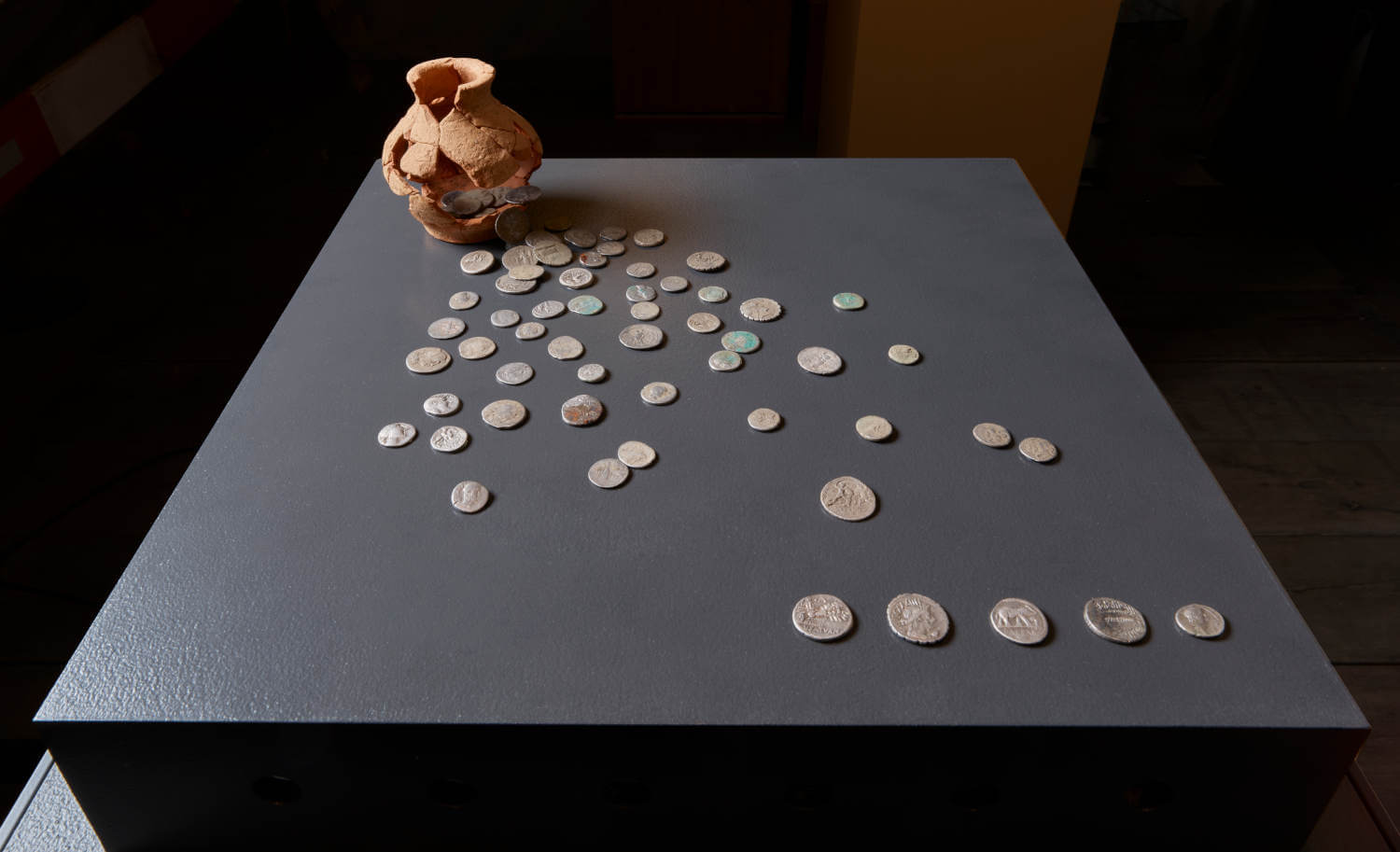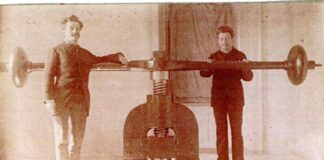
Set up the tent and turn on the spots, the excavation at the Museum is open: starting on September 4, 2022 the Archaeological Service of the Canton Bern and the Bernisches Historisches Museum are showcasing new archaeological finds from the Canton of Bern. This series of exhibitions starts with spectacular discoveries from the Celtic and Roman town of Brenodurum on the Enge peninsular near Bern.
Experience archeology in the canton of Bern live – thanks to the new exhibition platform “Archaeology Now. New finds excavated in the Canton of Bern”. Using shovels, excavators, picks and vacuum cleaners, every year fascinating relics from bygone ages are brought to light from under the Bernese soil. Starting September 4, 2022, the Bernisches Historisches Museum will regularly present the latest discoveries made by Bern’s archaeologists – staged true to life in an excavation tent. The finds tell previously unknown stories and offer fascinating insights into past life-worlds. The first exhibition presents new finds from the Enge peninsula that bear witness to the day to day use of coins in a Celtic and Roman city.
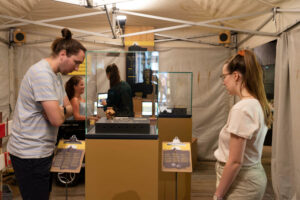
Brenodurum – the Oldest Bern
The Enge peninsula, formed by the river Aare that twists round it, was inhabited from the 3rd to the 1st century BC by a Celtic tribe, the Helvetians. The city was probably named Brenodurum and was one of the largest in what is now known as the Swiss Plateau. Shortly before the turn of the eras, a small Roman town was built on the same spot, and was a hive of activity up until the 3rd century AD. Our knowledge of this sunken city comes from archaeological excavations and prospections done by volunteer members of the Archaeological Service. In 2022, they made spectacular new discoveries in the Reichenbach Forest, which are now being publicly presented in the museum.
Celtic Coinage and Roman Hoard of Coins
In cities like Brenodurum, the Helvetians minted their own coins. Thus, one of the ensembles on show consists of Celtic silver coins from the 1st century BC and the first gold coin secured on the site. The coins are accompanied by silver casting remains and a brass tool resembling a coin die, which indicate that Celtic silver coins were produced on the site.
More recent by a few decades is the cache of 65 Celtic and Roman silver coins that is on display. This treasure was put in a flask and deposited in the ground around 20 BC, when the Helvetians’ territory already belonged to the Roman Empire. Coin treasures from this period are rare and even then were valuable.
A Boon for Archaeology and the People of Bern
This new possibility for accessing and experiencing archaeological finds is the fruit of a partnership between the Archaeological Service and the Historisches Museum. While in recent years the cooperation has been sporadic, the two institutions are now consolidating their collaboration on the longer term in the core fields of collecting, preserving, researching and communicating. With the new platform “Archaeology Now”, the Museum on Helvetiaplatz will become a showcase for Bernese archeology. “In future, exceptional discoveries that archaeologists come across time and again during their excavation work will not simply disappear into the finds depot, but will be presented directly in our museum for several months, so that everyone can marvel at them. In this way, visitors will be regularly surprised by fascinating new finds and stories,” explains Thomas Pauli-Gabi, Director of the Bernisches Historisches Museum.
Further information can be found at the website of the Bernisches Historisches Museum.




